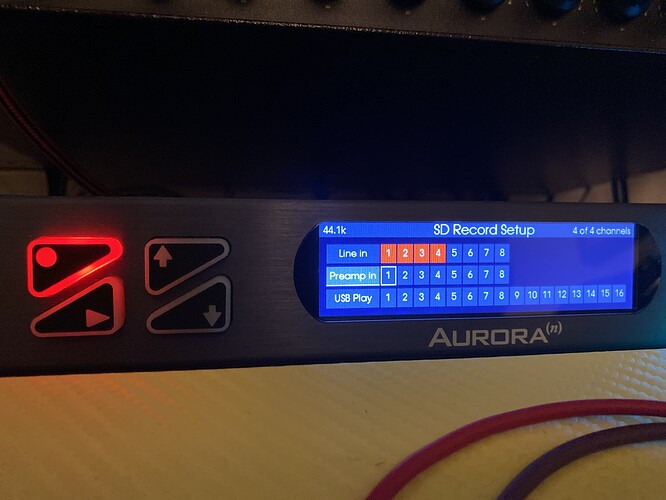Just thinking there might be value in a place to discuss audio interfaces in general.
I like it when I come across something new in an interface that’s worth commenting on, but doesn’t necessarily warrant a thread all to itself.
Sometimes I want to complain about the general lack of innovation in the standard feature set in each of the usual form factors.
Sometimes I want to ask for suggestions but not seriously enough to warrant a whole thread asking for recommendations that I probably won’t act on.
So, to kick off:
Something New
I like the look of this new SSL Alpha8 interface. But I don’t think there’s a manual up yet or anything saying what those buttons on the front do. The description mentions routing flexibility, so I’m wondering if it’s a matrix type system where you hold the channel button and then press one of the digital/analog destinations or dbu level buttons?
Or another new one with missing documentation of features. I may have just missed it, but you would think whether the built in recording to SD card was just stereo or all inputs would be an important thing to clarify in the feature list?
Something to gripe about
Why are there so few rack mount interfaces that have all the 8 inputs on the front?
I want to run the group outs from a mixer into an interface without having them permanently patched in. Or I want to make connections from the front of a patchbay into the interface (the patchbay is otherwise normalled to the mixer channels).
Some suggestions?
I don’t really need suggestions for interfaces with front inputs. There’s so few I think I’ve seen all the recent and current options.
But what would you do to solve this in 2 or 3 rack unit spaces?
Make a breakout patch panel that has just those inputs and outputs? Get a whole extra patchbay?
I understand having all the connections on the back for a rack mounted audio interface if you’re just making TRS connections. But if you’re regularly plugging mics into them and using phantom power etc, surely front mounted is more convenient?
